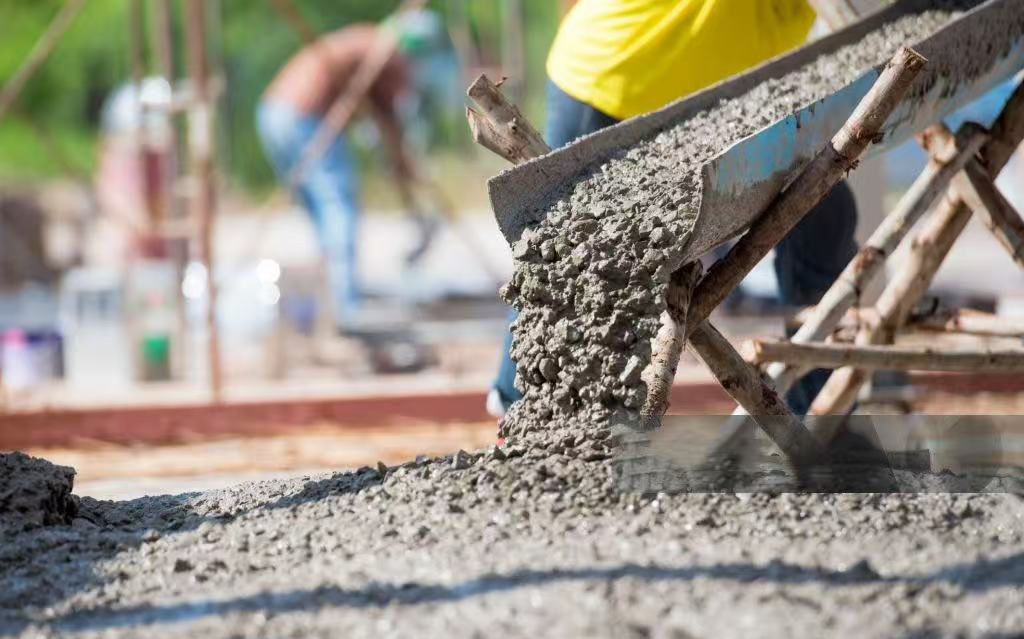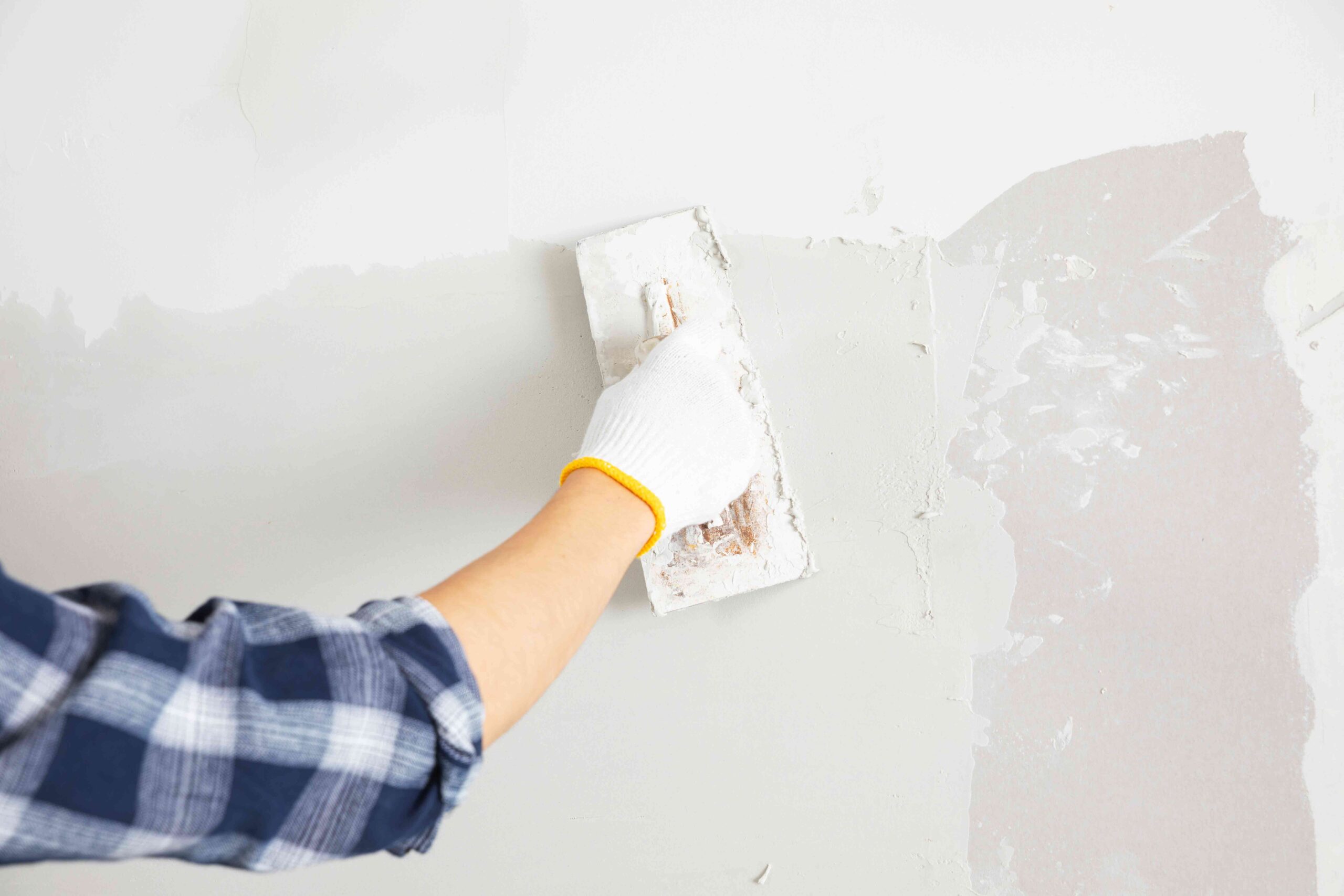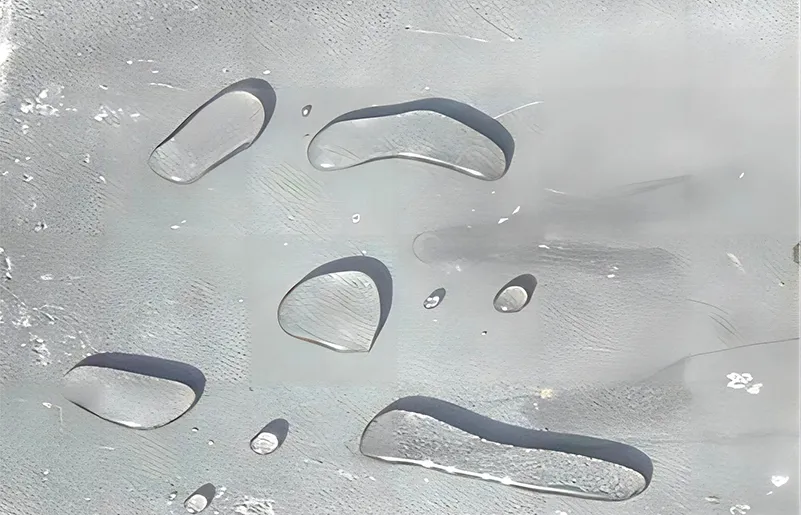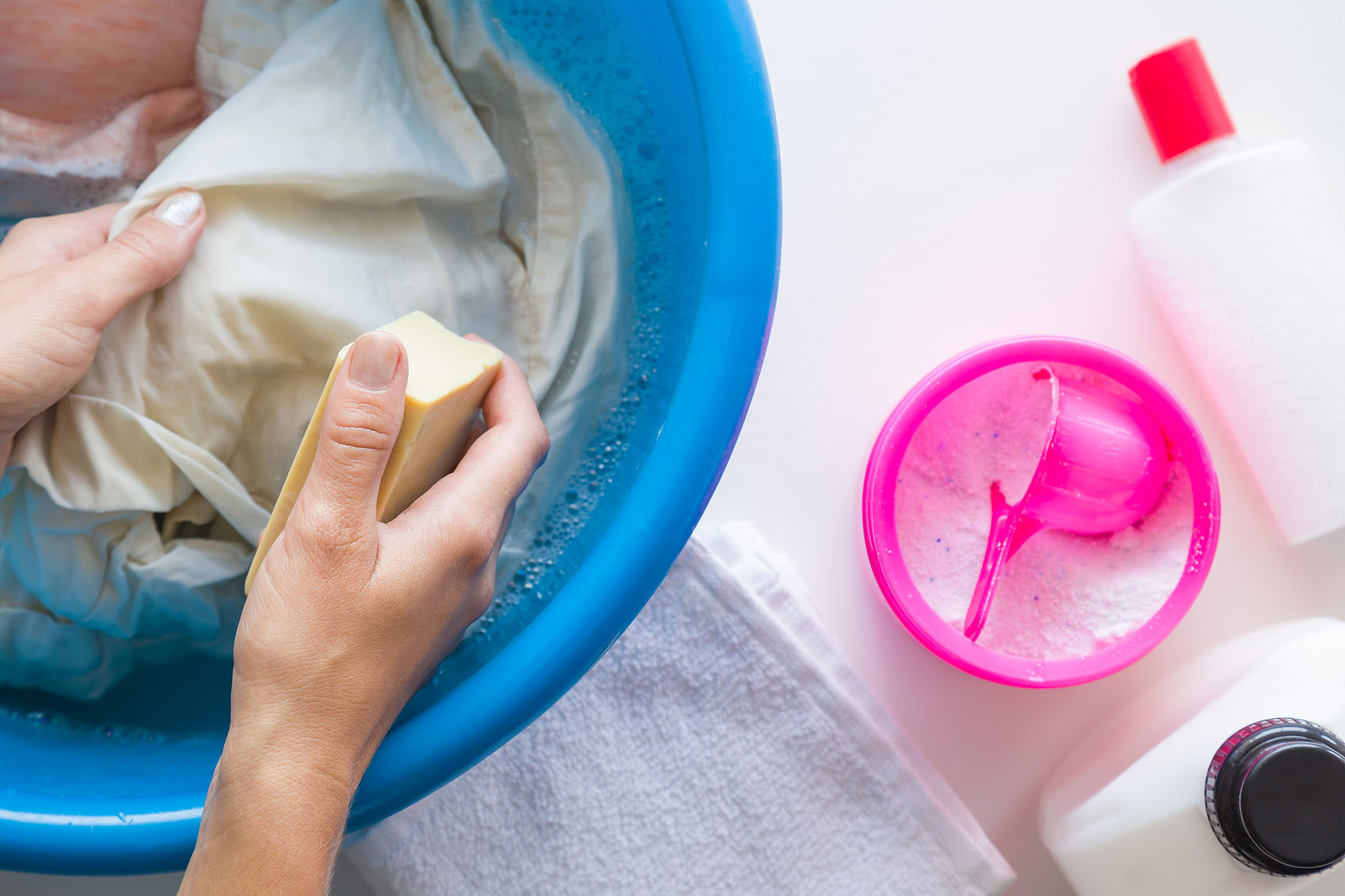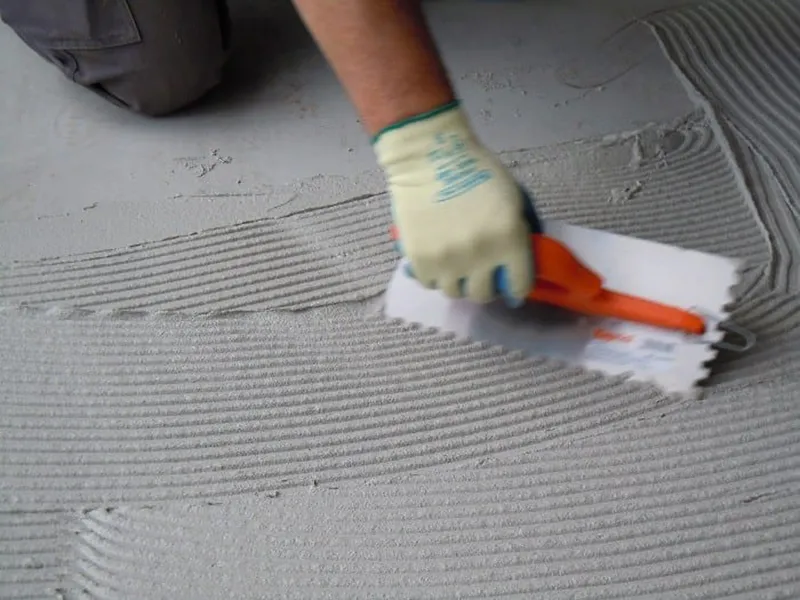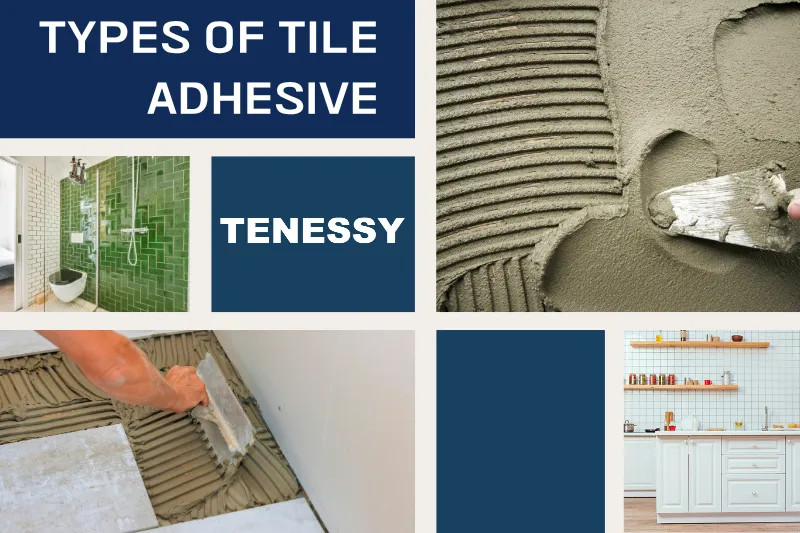
Table of Contents
I.Why Choosing the Right Tile Adhesive Matters
Not all tiles are created equal—and neither are adhesives. From ceramic and porcelain to natural stone and glass, different materials demand different bonding solutions. Environmental factors like moisture, temperature variations, and substrate movement also affect performance.
If you’re wondering what is the best tile adhesive for porcelain tiles, or how to choose tile adhesive for wall or floor applications, understanding these additives will give you an edge.
Whether you need tile floor adhesive, ceramic tile adhesive, or wall tile adhesive, selecting the right type with the proper formulation is key to performance and durability.
II.Main Types of Tile Adhesive and Their Applications
1. Cement-Based Tile Adhesive
This is the most common type of tile adhesive, ideal for a wide range of applications, especially on concrete and masonry substrates.

Applications:
Ceramic and porcelain tiles
Indoor and outdoor floors and walls
Large format tiles
Additives in Action:
HPMC: Ensures water retention and smooth application
RDP: Increases adhesion, especially for larger or low-absorption tiles
Also referred to as thin-set tile adhesive or type 1 tile adhesive, this product is affordable and strong.
2. Dispersion-Based Adhesive (Ready-Mixed)
Pre-mixed and ready to use, this adhesive is typically used for smaller tiles on interior walls.
Applications:
Small ceramic tiles
Kitchen and bathroom walls
Additives in Action:
Enhanced with rheology modifiers and anti-slip agents to ensure ease of use and strong initial grab.
Often chosen by DIY installers, this ready-to-use tile adhesive offers convenience for residential interior projects.
3. Reaction Resin Adhesive (Epoxy-Based)
Designed for extreme environments, these adhesives are highly resistant to chemicals and moisture.
Applications:
Swimming pools
Commercial kitchens
Laboratories
III.Tile Adhesive Classifications: C1, C2, C2TE, S1, S2
Understanding tile adhesive classification helps ensure you’re using the right product for the job. These standards are set by EN 12004 and refer to specific performance requirements.
C1: Normal Cementitious Adhesive
Standard bonding strength (≥0.5 MPa)
Suitable for interior ceramic tile applications
Basic formulation may use HPMC for essential water retention
Common in cost-effective ceramic tile adhesive products
C2: Improved Cementitious Adhesive
Higher bond strength (≥1.0 MPa)
Suitable for larger tiles, external walls, or low-porosity tiles
Requires higher quality HPMC and flexible RDP to meet enhanced standards
Widely used in c2 tile adhesive and tile adhesive for porcelain tiles
C2TE: Non-Slip & Extended Open Time
“T” prevents tile slippage on walls
“E” ensures the adhesive remains workable for longer (≥30 minutes)
Demands more advanced additives like anti-slip HPMC grades and setting retarders
A top choice for wall tile adhesive and vertical applications
C2TES1 / C2TES2: Flexible Tile Adhesives
“S1” for deformability ≥2.5 mm; “S2” for ≥5 mm
Ideal for underfloor heating, large-format tiles, and exterior applications
Advanced formulations include:
Specialty HPMC for workability and non-sag performance
Auxiliary agents like defoamers and PCE(Polycarboxylate Superplasticizer)
These classifications help guide buyers when searching for tile adhesive for large tiles, flexible tile adhesive, non-sag tile adhesive, or high-performance tile floor adhesive.

IV.How Additives Enhance Tile Adhesive Performance
Whether you’re formulating C1 for cost-efficiency or C2TES2 for superior performance, construction additives make all the difference.
Key Additives:
HPMC (Hydroxypropyl Methyl Cellulose): Controls water retention, open time, and viscosity. Essential for smooth application and crack prevention.
RDP (Redispersible Polymer Powder): Adds flexibility, increases tensile adhesion, and improves water resistance.

Others Additives:
These additives are the backbone of high-performance tile adhesives, helping manufacturers meet different market needs while improving ease of application for contractors.
If you’re developing tile adhesive for wet areas, outdoor tile adhesive, quick-set tile adhesive, or premium tile adhesives for commercial projects, the right formulation with tailored additives is critical.
V.Choosing the Right Tile Adhesive for Your Project
To help you decide, here’s a simplified guide:
Application Area | Recommended Adhesive Type | Additive Focus |
Interior floor | C1 | Standard HPMC |
Large tiles or porcelain | C2 | High-strength RDP |
Wall installation | C2T | Anti-slip HPMC |
Hot or cold environments | C2TES1 / C2TES2 | Flexible RDP, Retarders |
Swimming pools/labs | Epoxy-based | Performance enhancers |
Be sure to consider tile size, substrate, and environmental stress. For best results, work with an experienced additive supplier. TENESSY can customize formulations to meet your unique needs.
VI.Work with the Right Additive Supplier
Our technical experts help you:
Optimize formulations for different tile types and environments
Maintain consistency across batches
Achieve compliance with international standards
Whether you’re entering a new market or upgrading an existing product line, TENESSY is your partner in innovation. We provide tailor-made solutions to help you develop high-quality construction adhesives, cementitious tile adhesives, and flexible tile adhesive formulations.
VII.Conclusion
Choosing the right tile adhesive depends on your project’s unique demands. From basic indoor flooring to high-performance exterior cladding, there’s a solution for every scenario. But behind every great tile adhesive is a great formula—and that formula starts with the right additives.
Ready to take your tile adhesive performance to the next level? Contact us to explore our high-quality HPMC, RDP, and custom solutions for your formulations.


